GARDE For『粤海天地 (Yue Hai Tian Di)』 A High-Quality Commercial Experience in a Tranquil Space Concealed in the Heart of the City
粤海天地 (Yue Hai Tian Di), situated in the bustling Guangzhou CBD: Zhujiang New Town, amidst towering skyscrapers, is an expansive commercial complex comprising eight buildings and OutMall, enveloped by lush greenery. It stands as the newest addition to the Teemall commercial facility brand, aiming to provide visitors with a haven where they can unwind and indulge in luxurious experiences.
GARDE has taken the lead in various aspects of the project, including interior design, graphic design, concept development, design supervision, and more.
Design Goal: HARMONY
By seamlessly blending the elements of “people” and “nature,” the architectural and interior designs converge to craft a serene forest oasis within the commercial complex—a tranquil space where visitors can unwind and rejuvenate in utmost comfort.
Design Concept: NATURE
The architectural design draws inspiration from the iconic Ayers Rock, renowned for its colossal monolithic structure. Embracing the essence of nature, the design concept revolves around the three elemental forces of “earth, wood, and water.” These elements infuse the rest areas, enveloping customers in a natural ambiance as they partake in shopping and leisure pursuits, providing a serene retreat amidst the bustling commercial environment.
Each of the shapes, rhythms, and diversity of the design elements are composed to express various landscapes and scenes of nature, bringing vitality and diversity to a quiet and sophisticated commercial facility.
Designer’s Message
Through the seamless integration of architectural and interior design elements, we have curated a dynamic and aesthetically pleasing environment that embodies a cohesive facility. Our aim is for visitors to encounter the striking presence of the rock-inspired exterior design, evoking a sense of awe-inspiring volume. Furthermore, with the addition of captivating lighting effects during nighttime, we enhance the spatial presentation, offering visitors an even more immersive and creatively enriched experience.
Designer’s Profile
Yu Ohata
Design Division, Design Department, Chief Designer
With extensive experience in designing and overseeing large-scale commercial projects in China, he has made significant contributions to the field. Having transitioned to the Hong Kong office and the Asia Pacific Division, he has played a pivotal role in diverse projects spanning conceptual design to supervision. Notable endeavors include the renovation of the Grand Shopping Center in Harbin, China, the environmental design of PARKSON Department Store in Malaysia, and food and beverage design initiatives. His expertise and dedication continue to shape innovative and impactful design solutions across various regions.
Facility Information
Project Name: 粤海天地 (Yue Hai Tian Di)
Project owner: Guangdong Yuehai Land Holdings Limited.
Owner Design Management Team:杨冰、李文丹、黄骏豪、梁炜麟
Project Location: No.21 Zhujiang West Road, Tianhe District, Guangzhou, China
Design area (commercial): 30,000㎡
You can also find more information about GARDE’s past projects here.

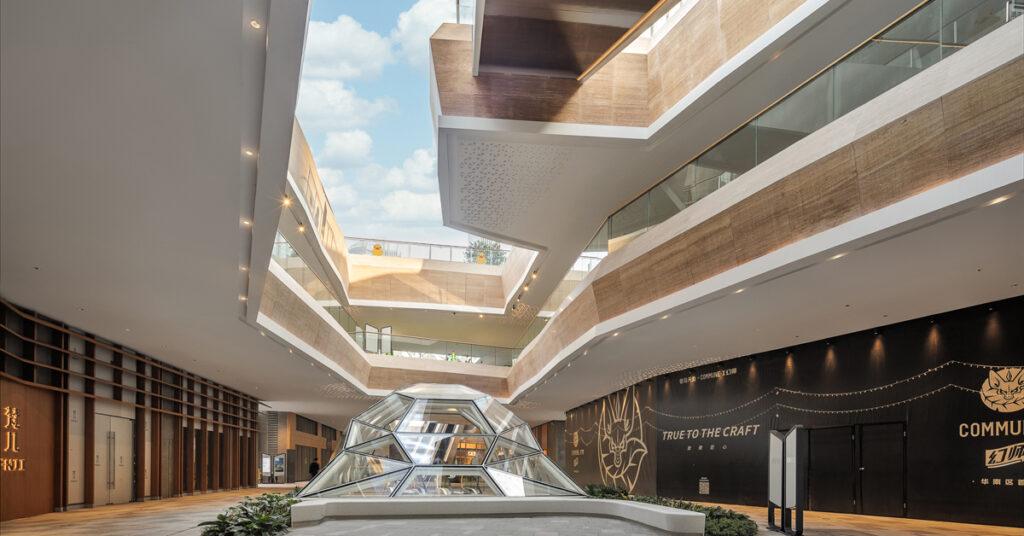
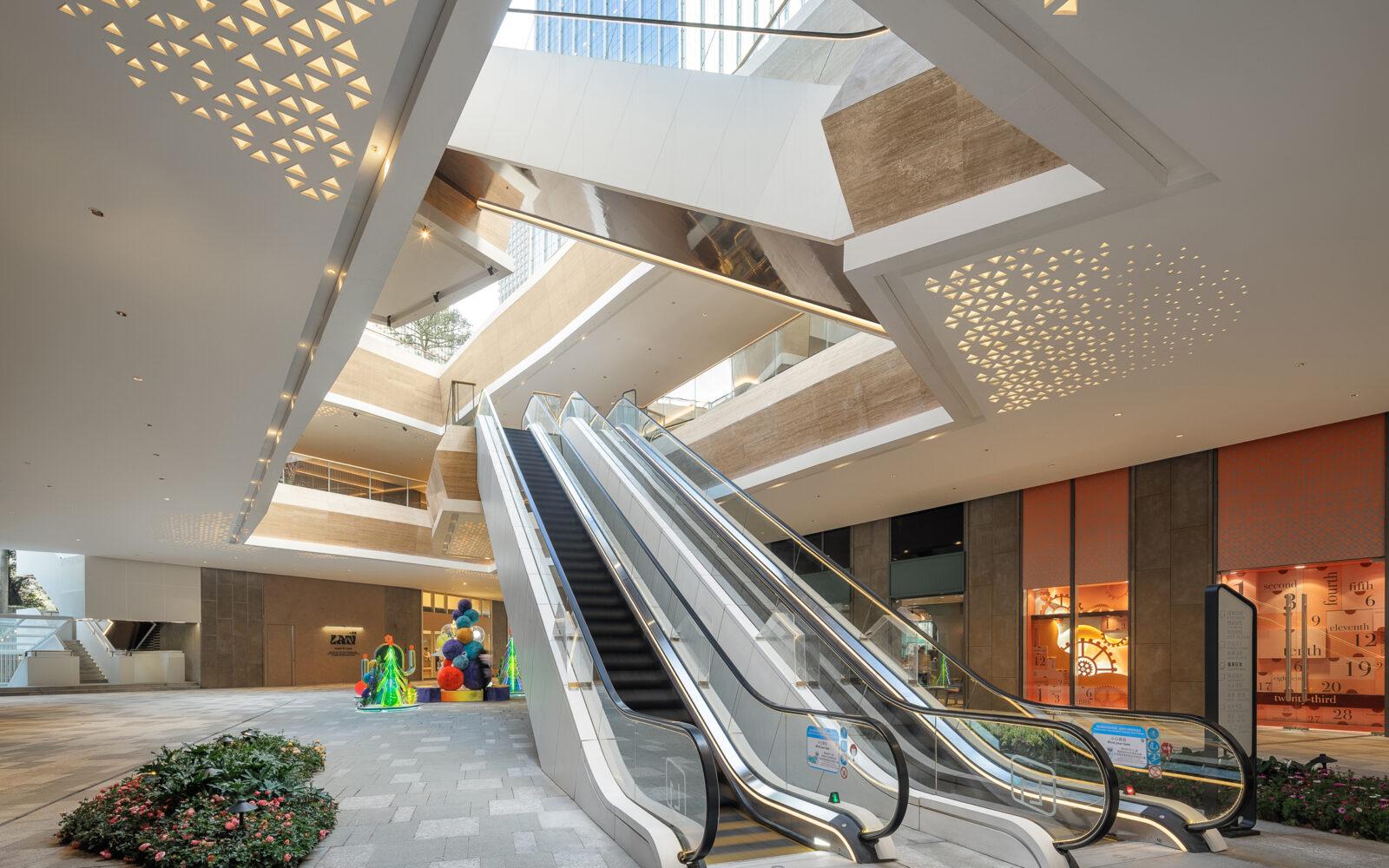
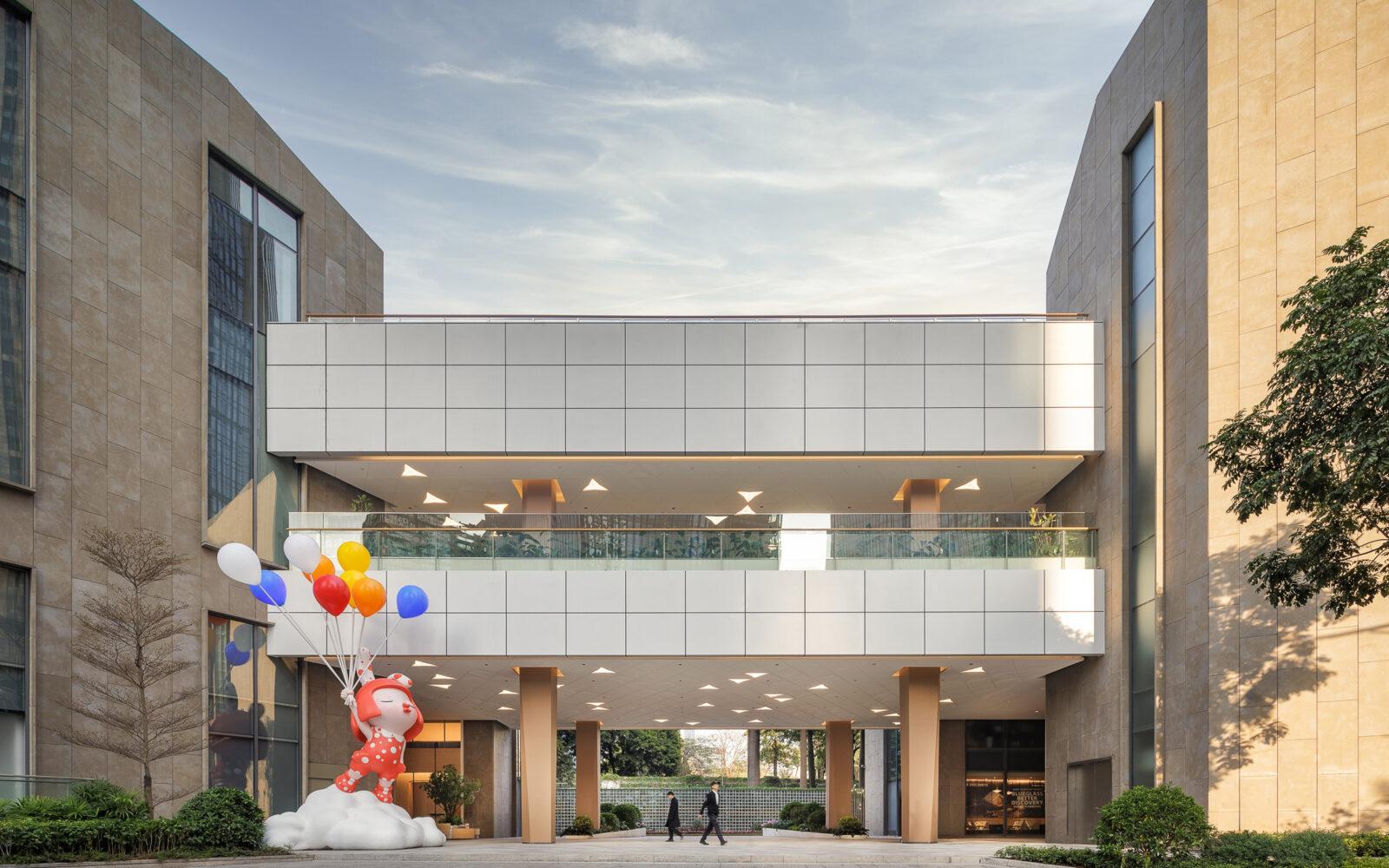
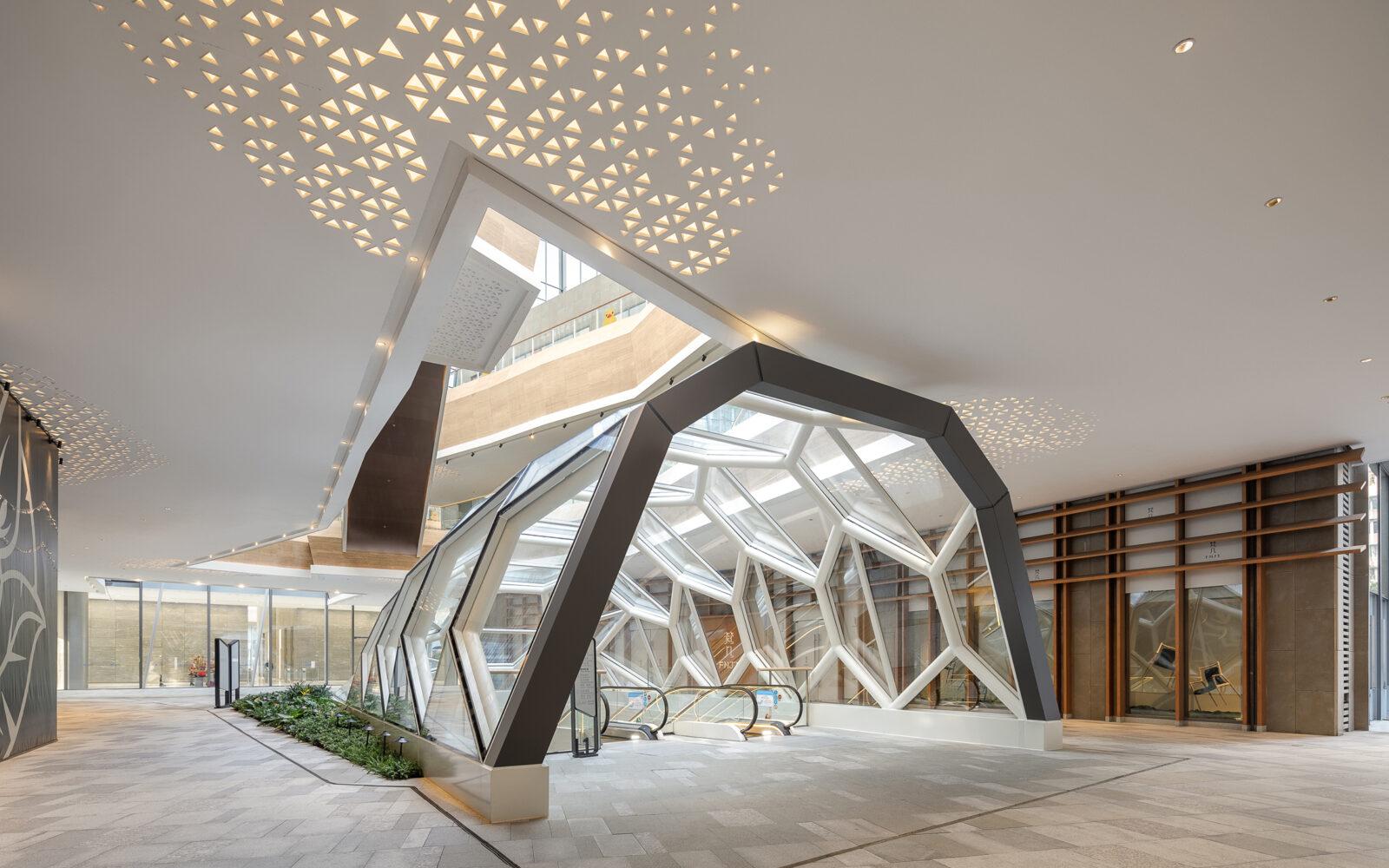
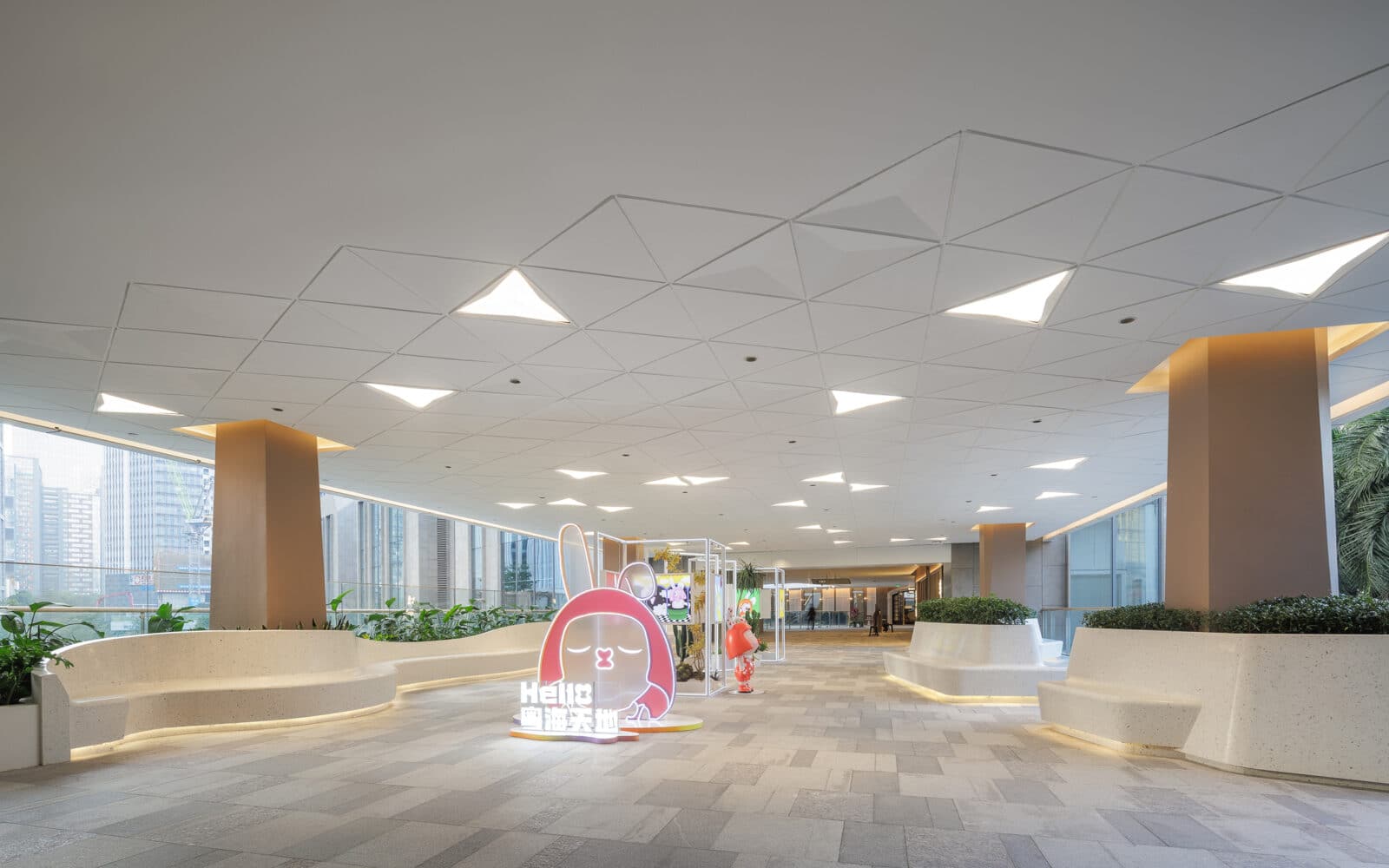
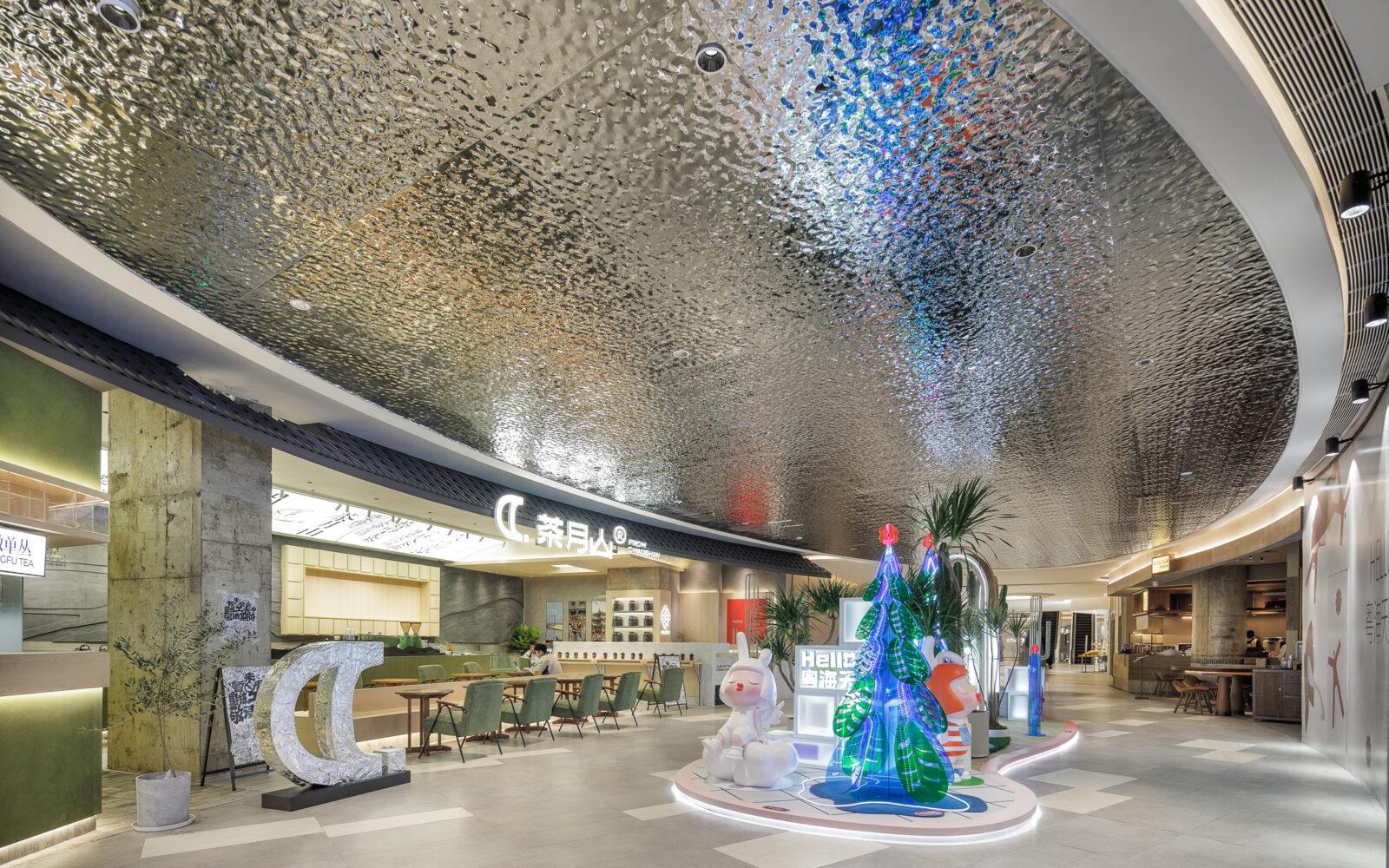
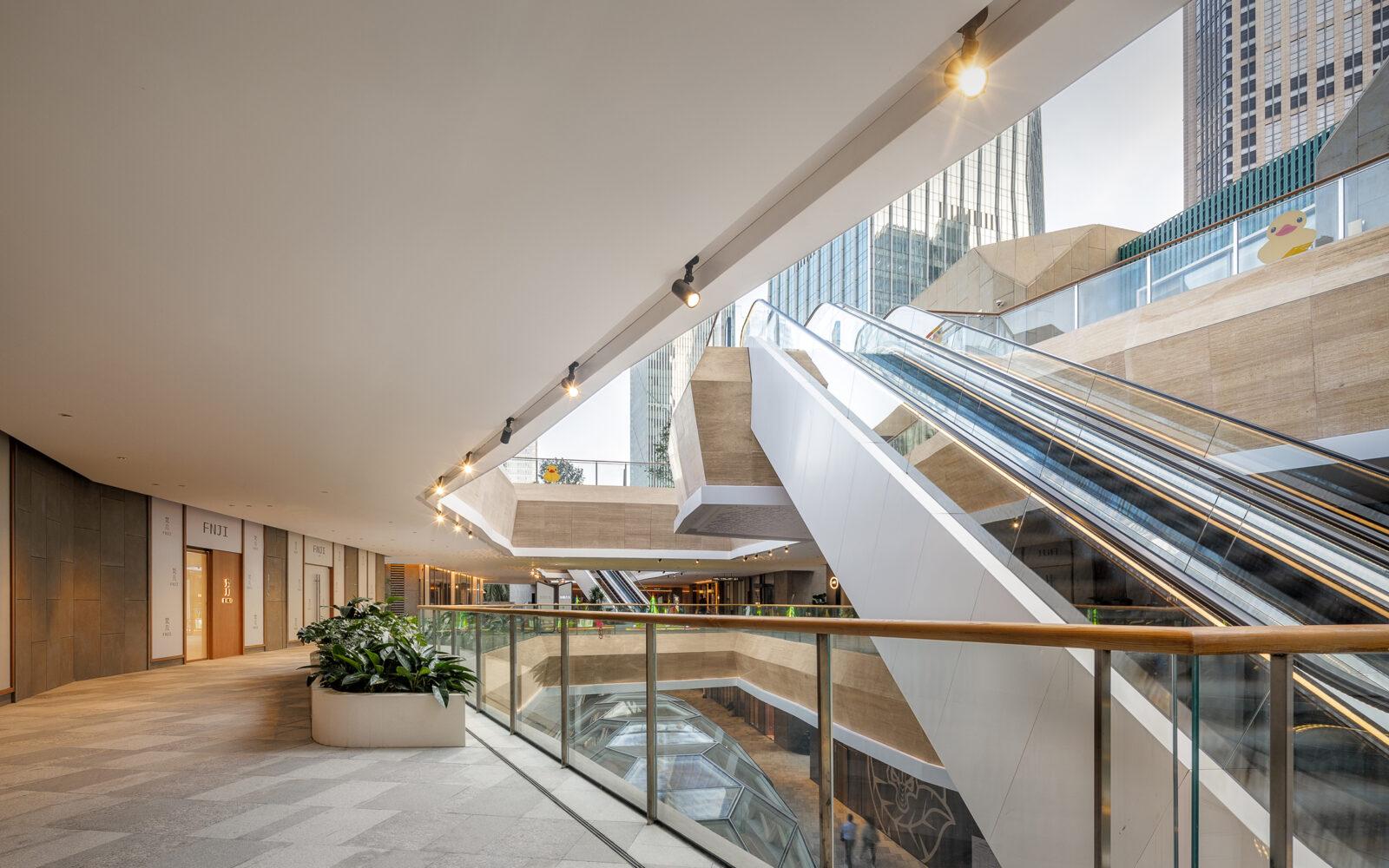
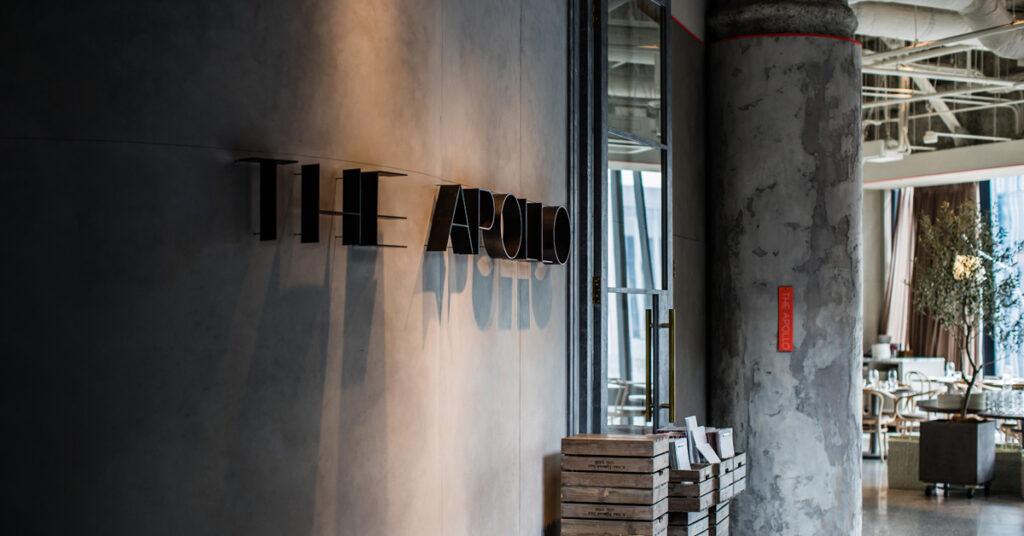
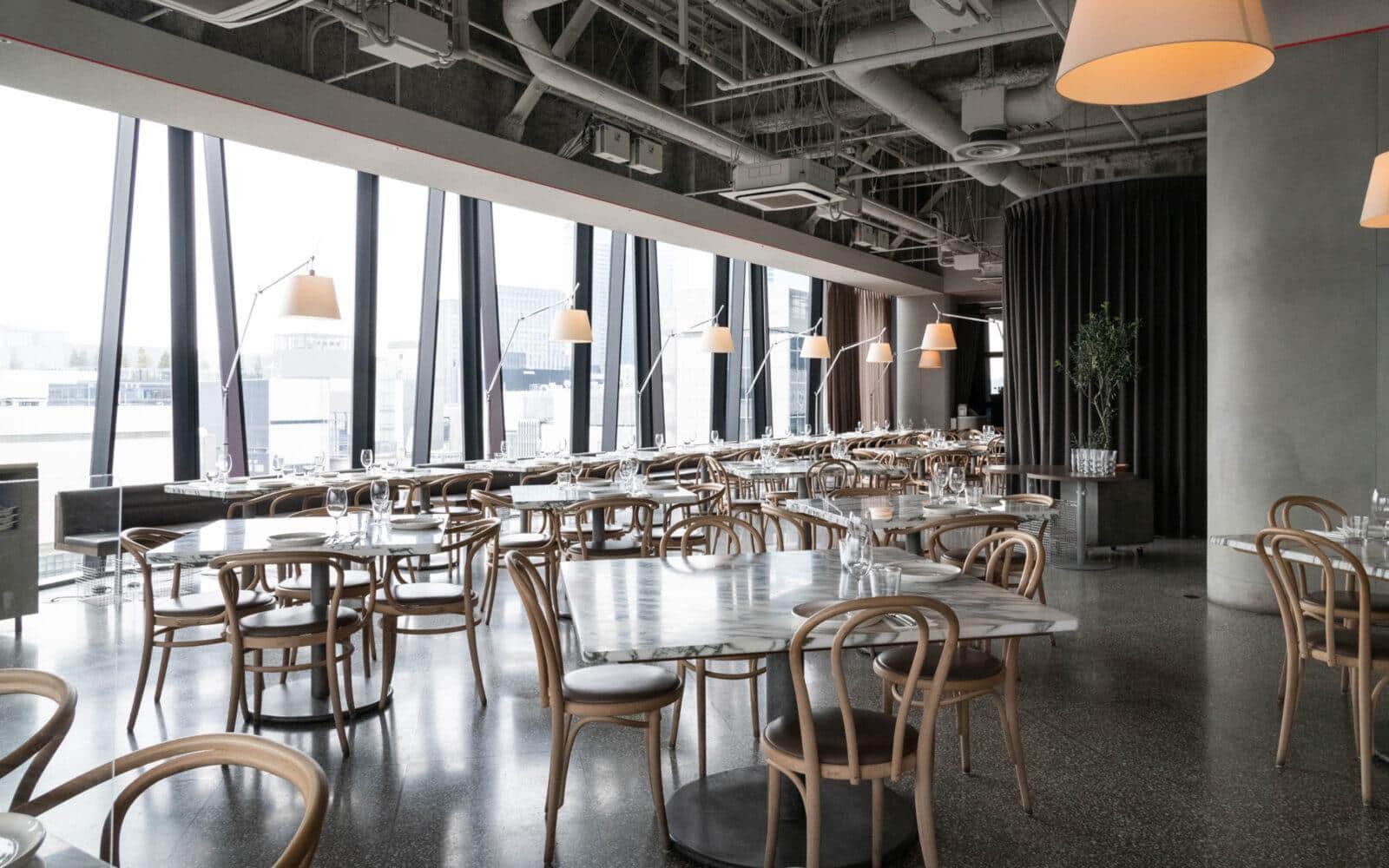
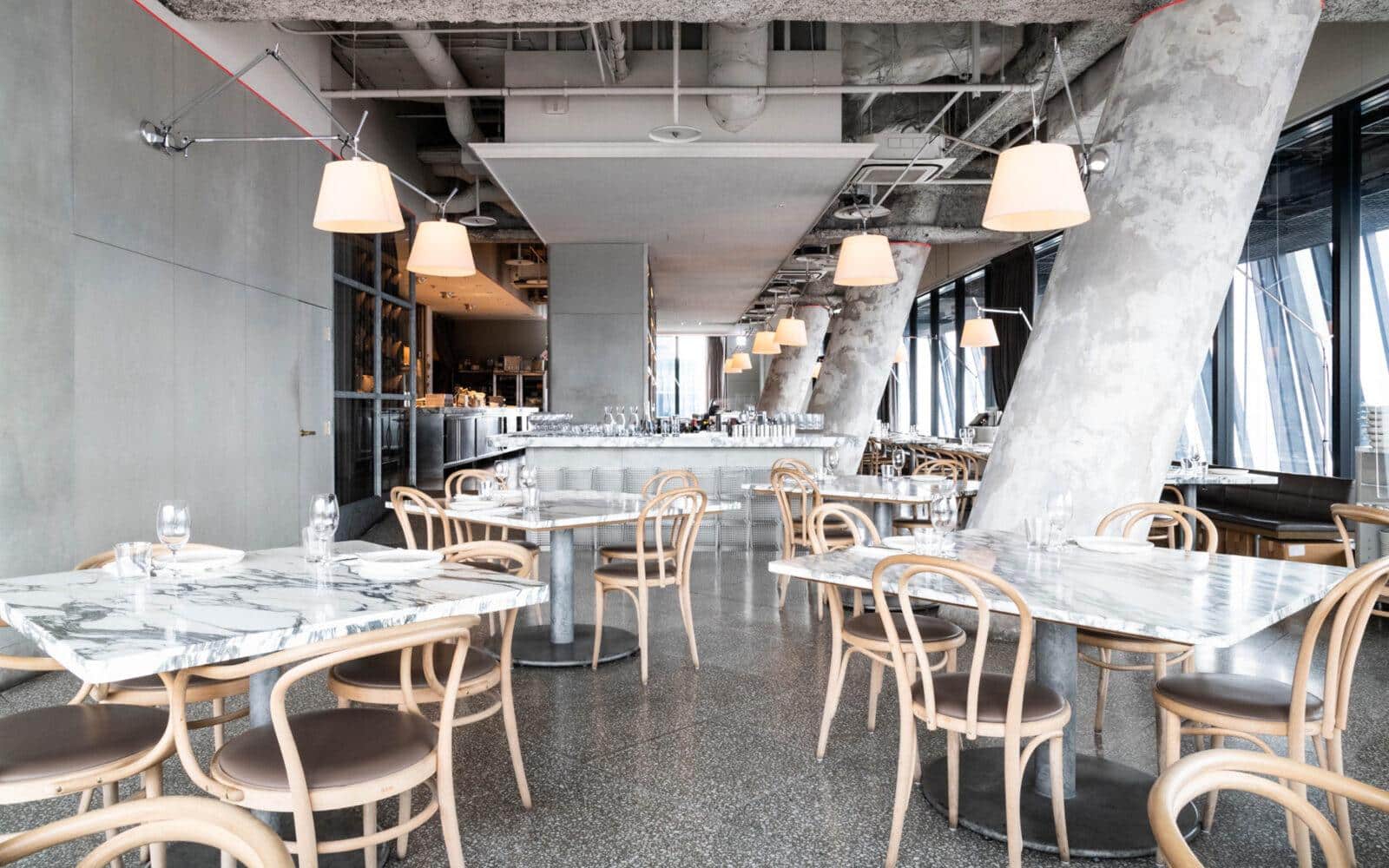
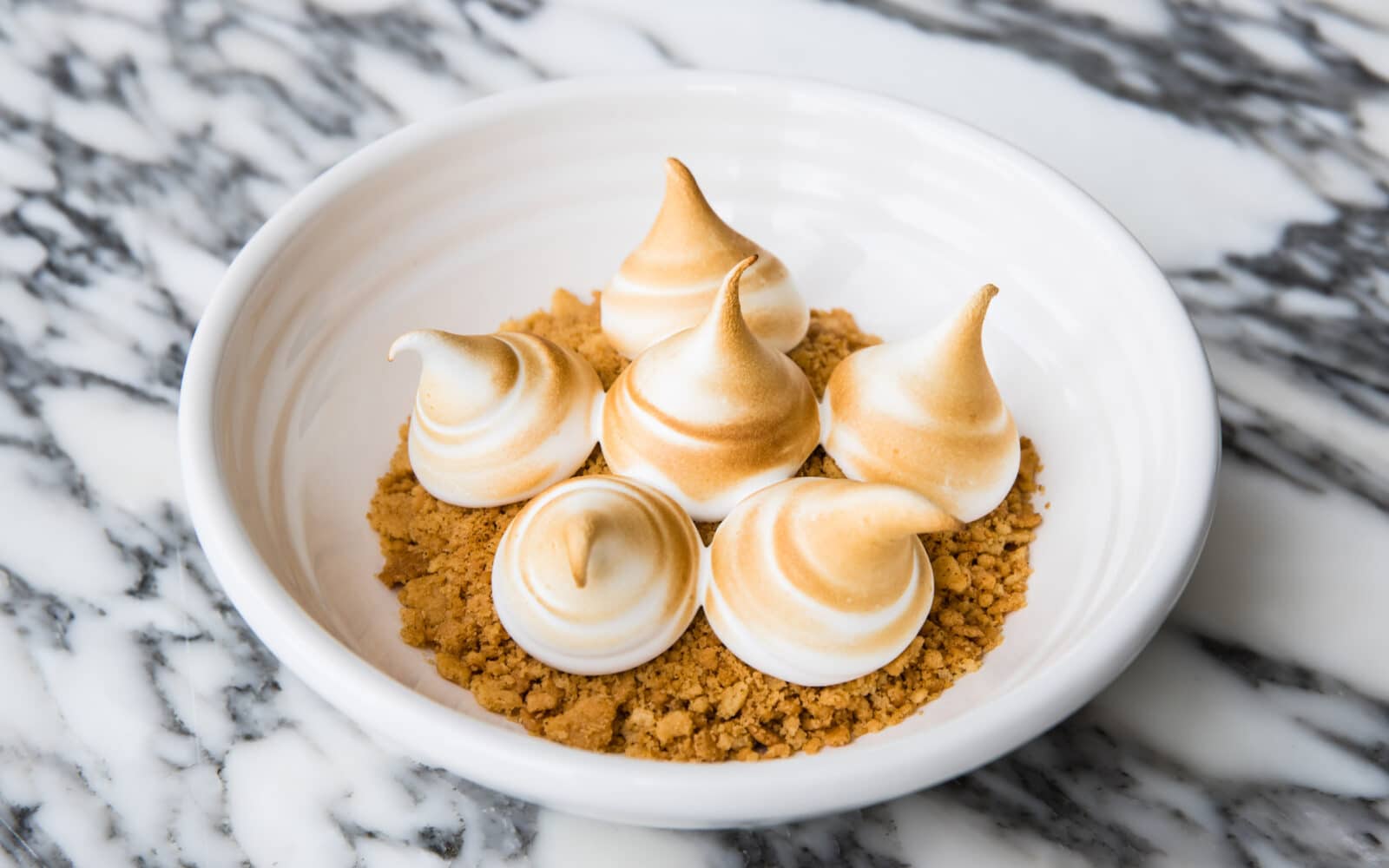
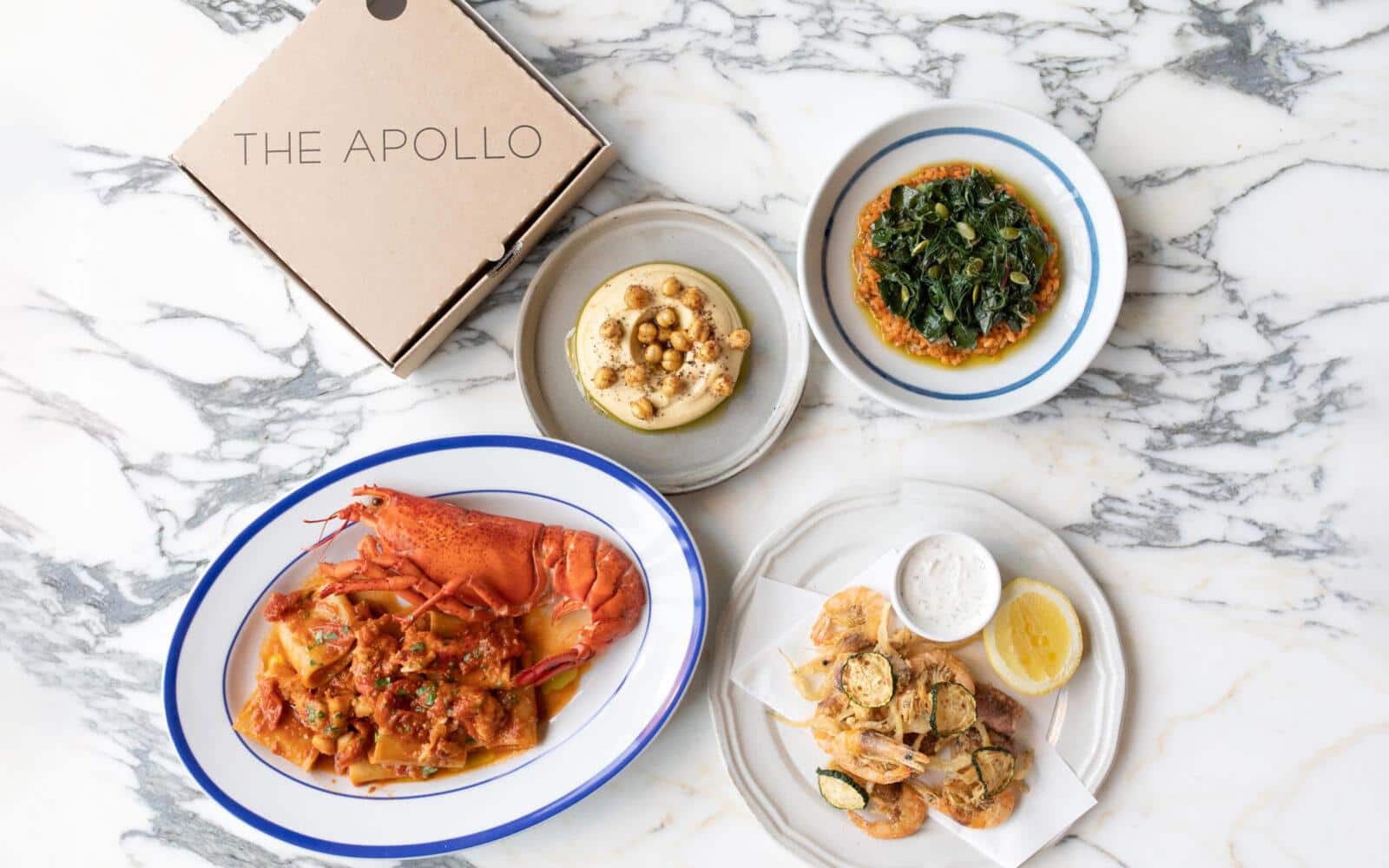
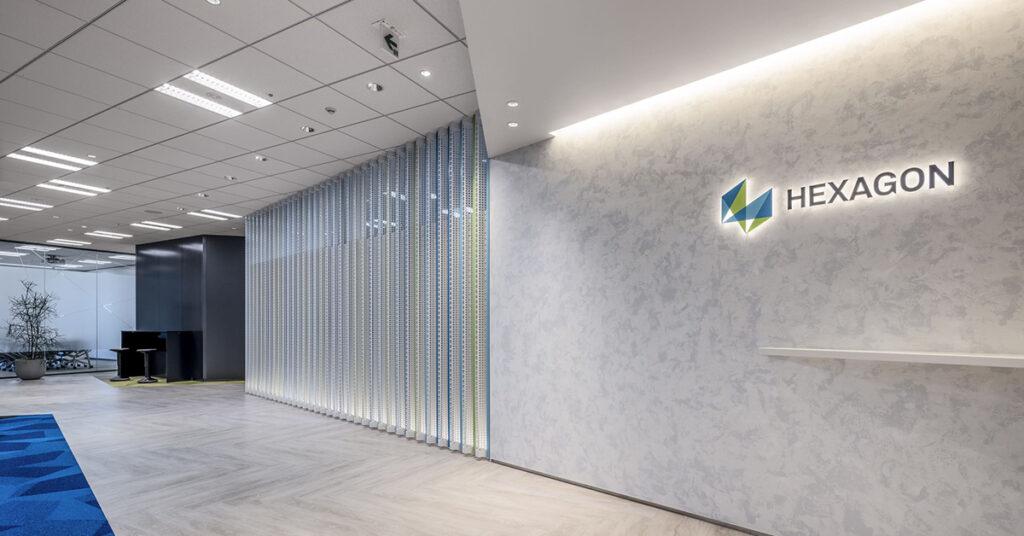
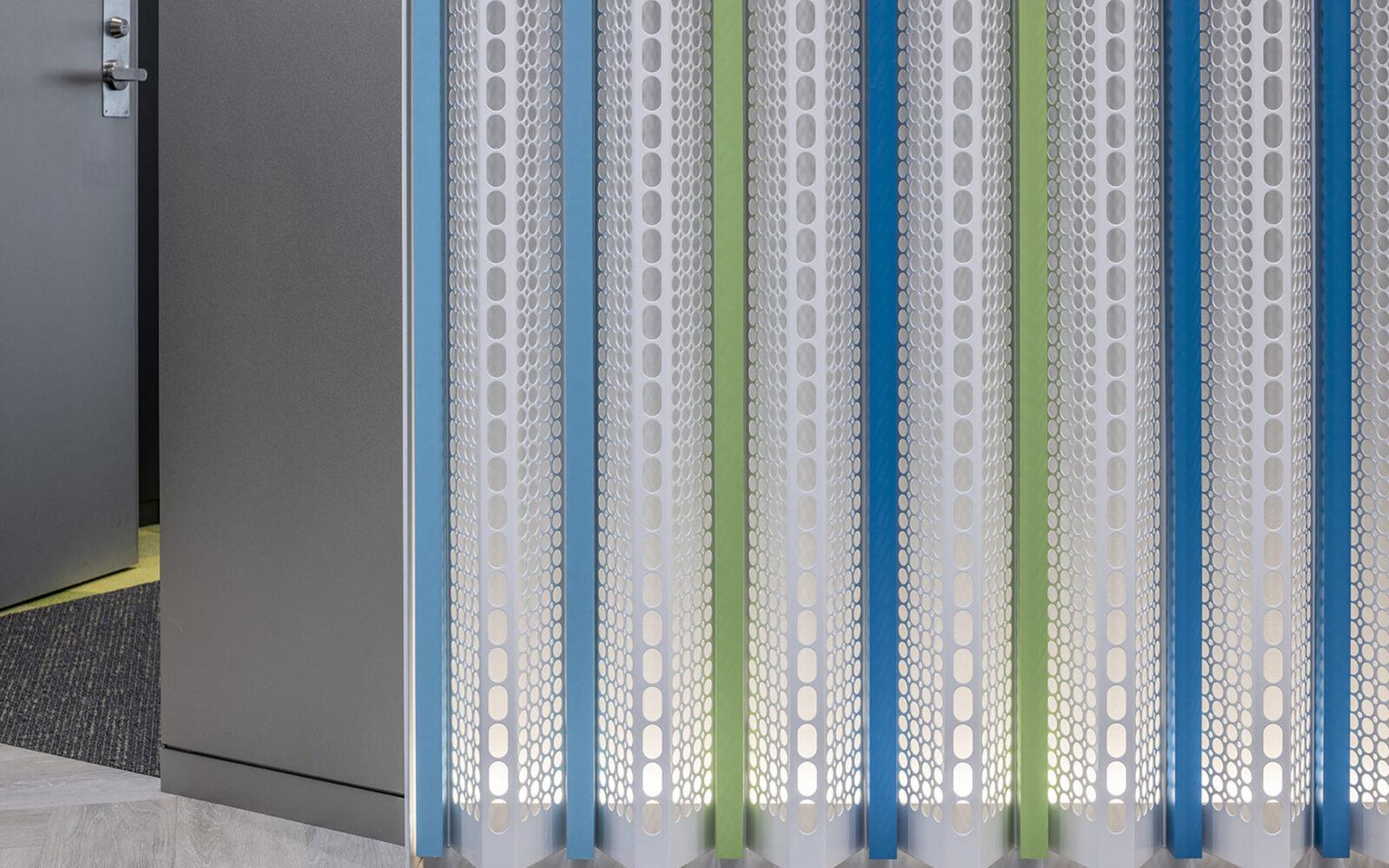
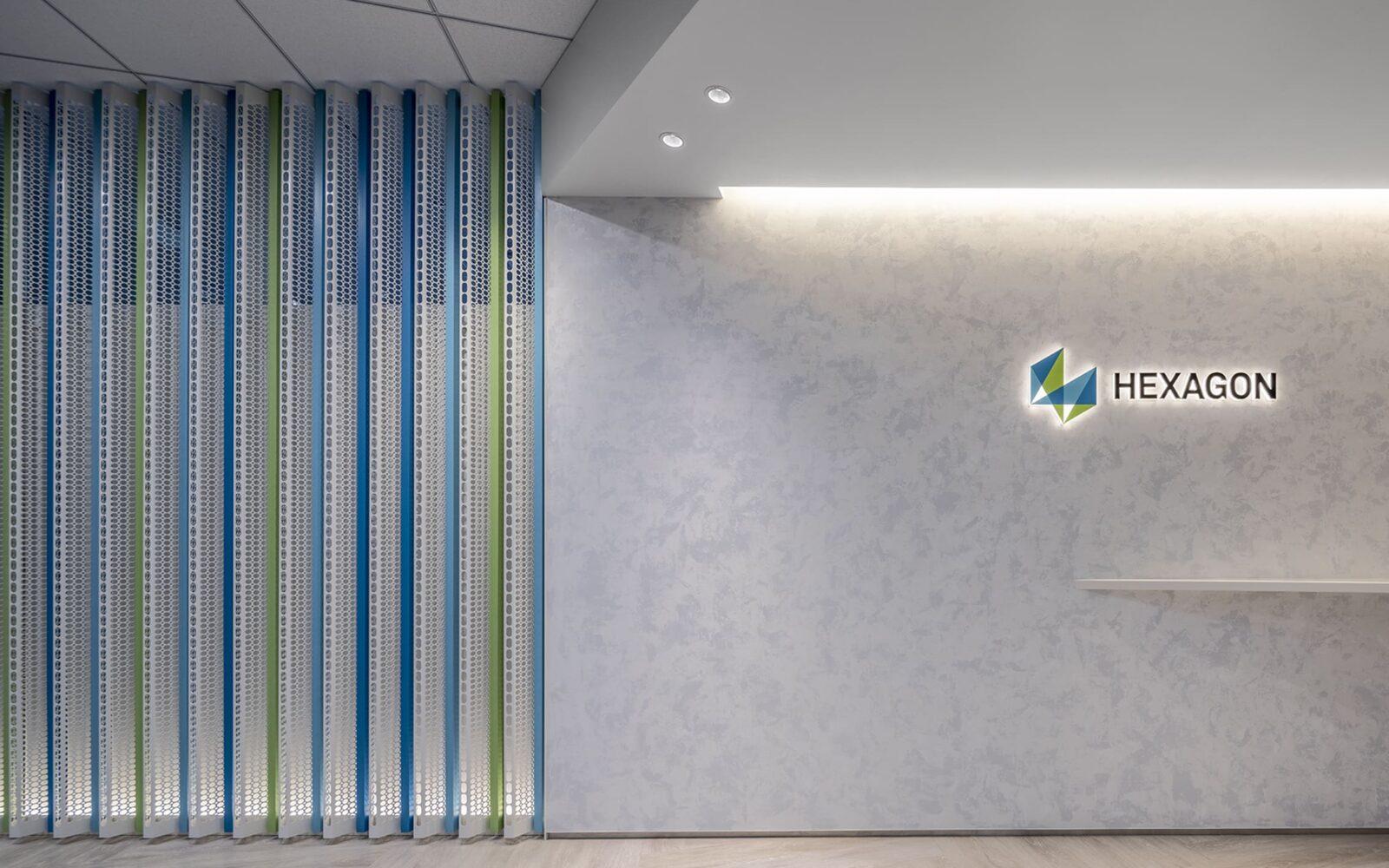
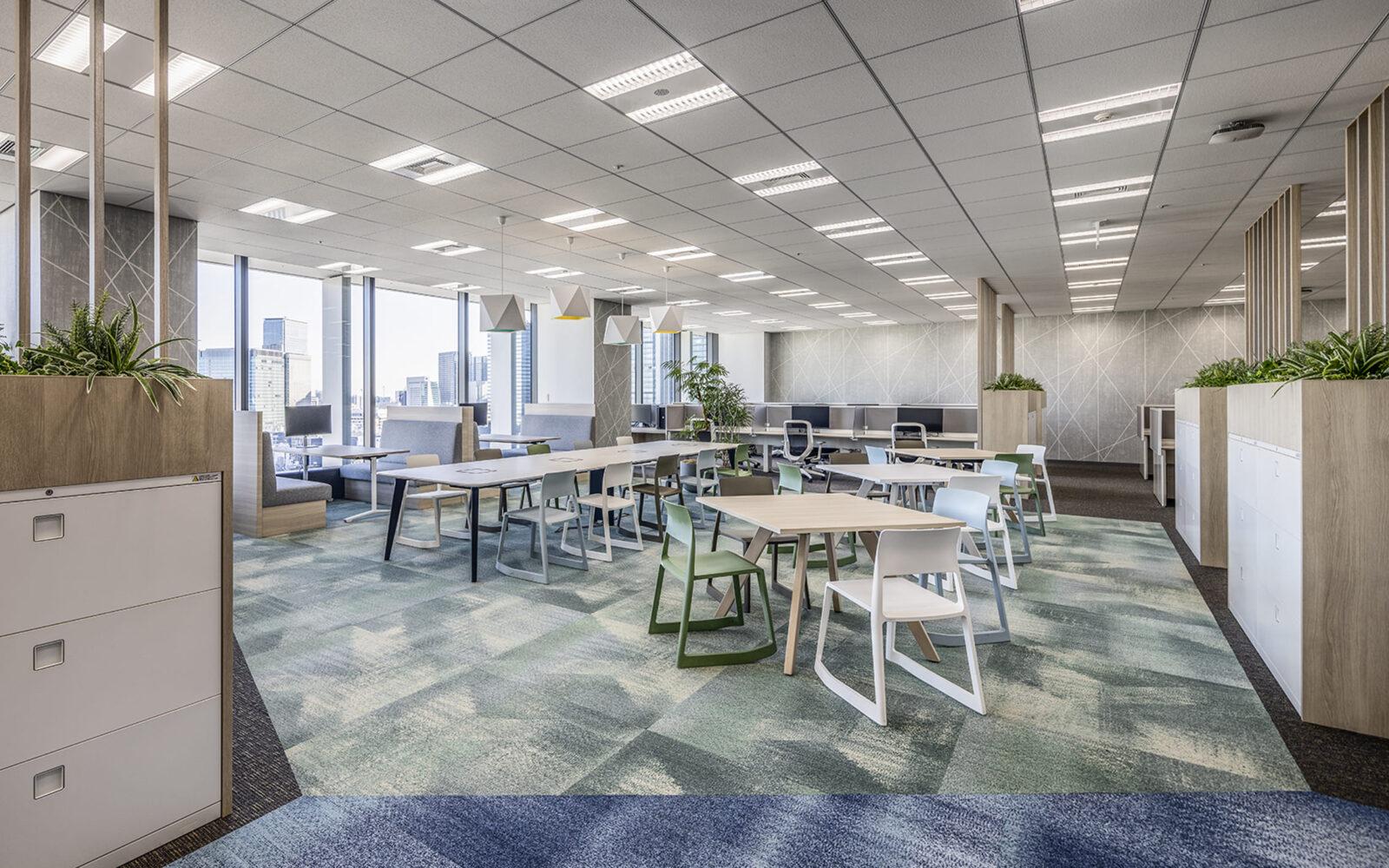
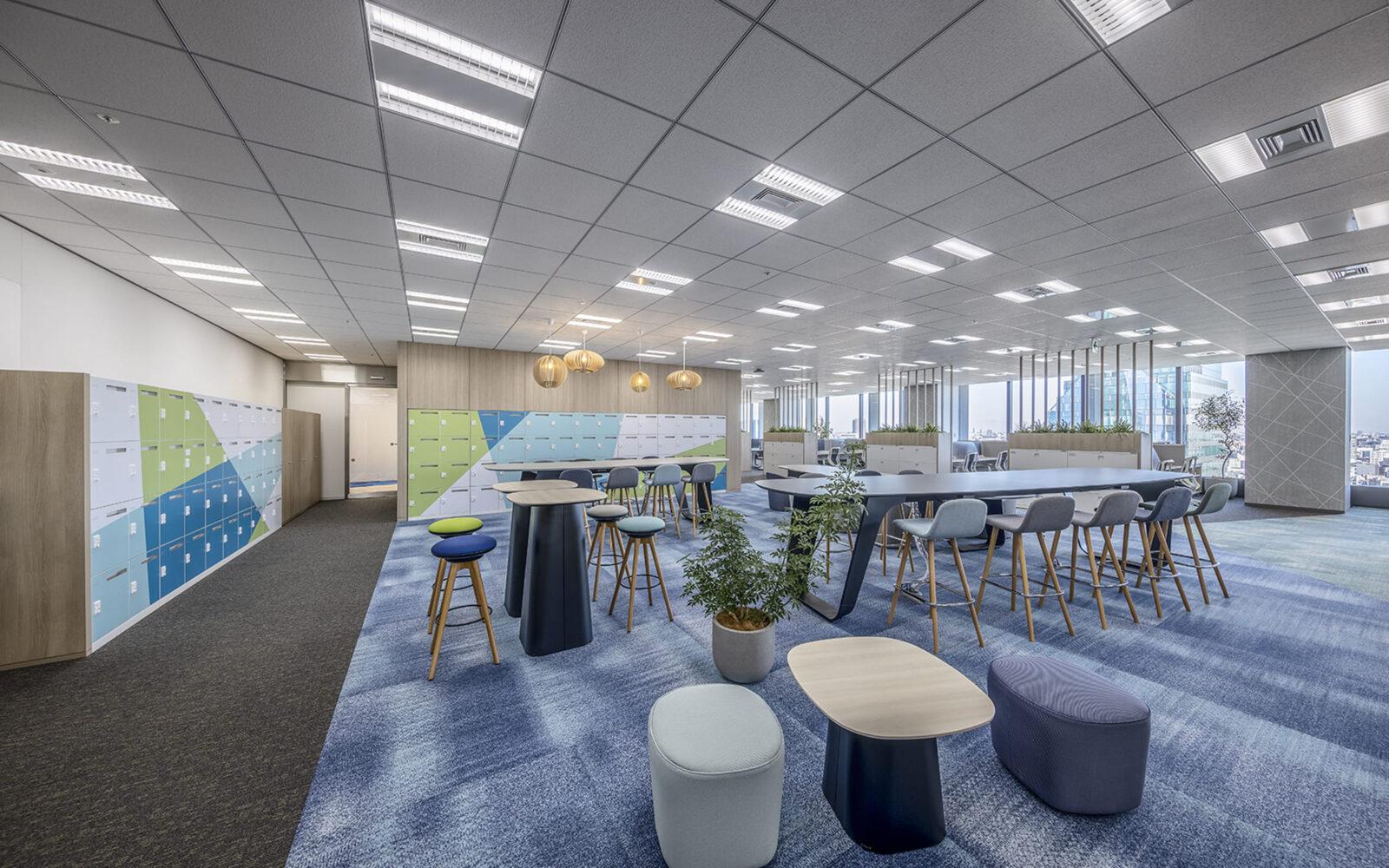
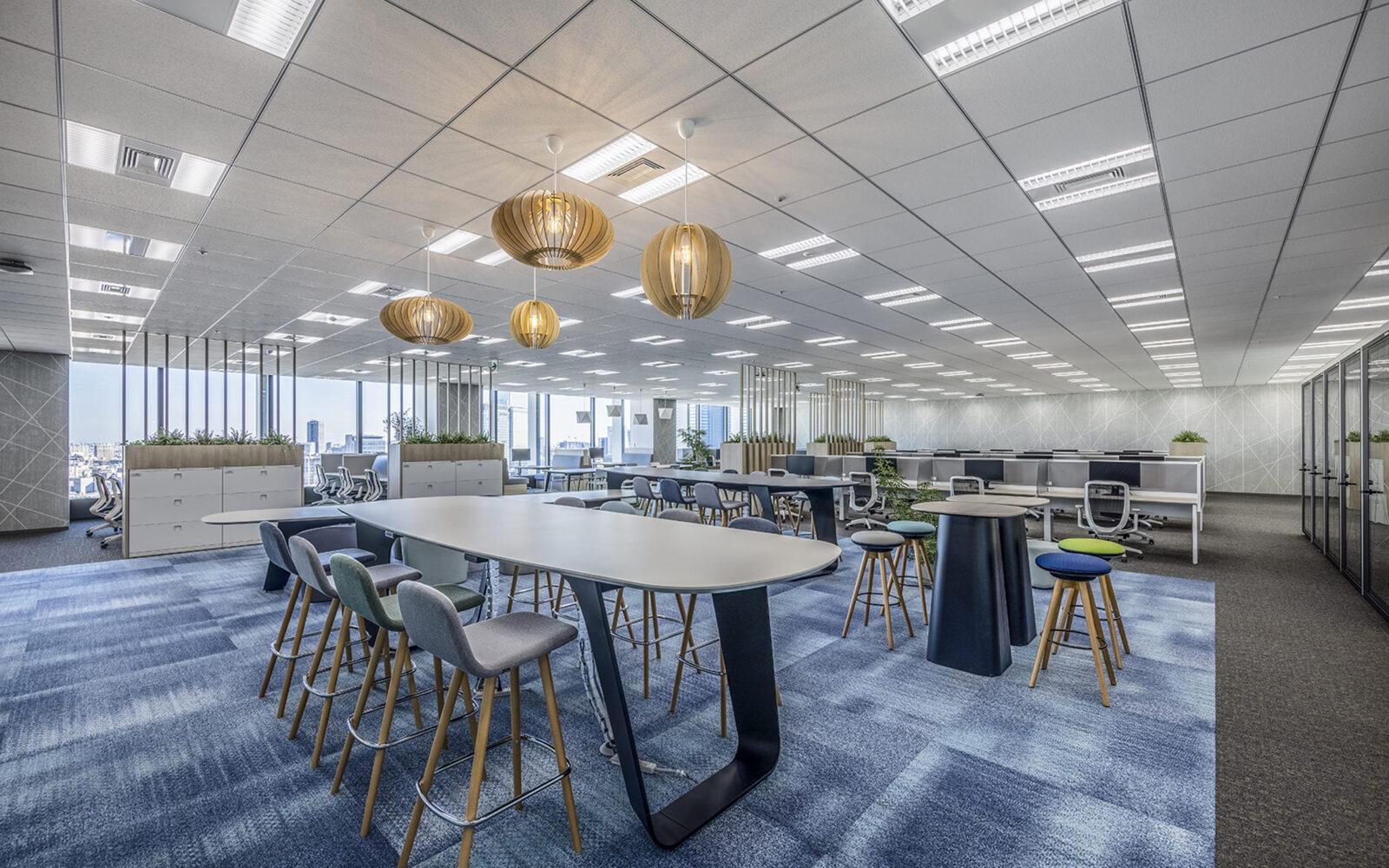
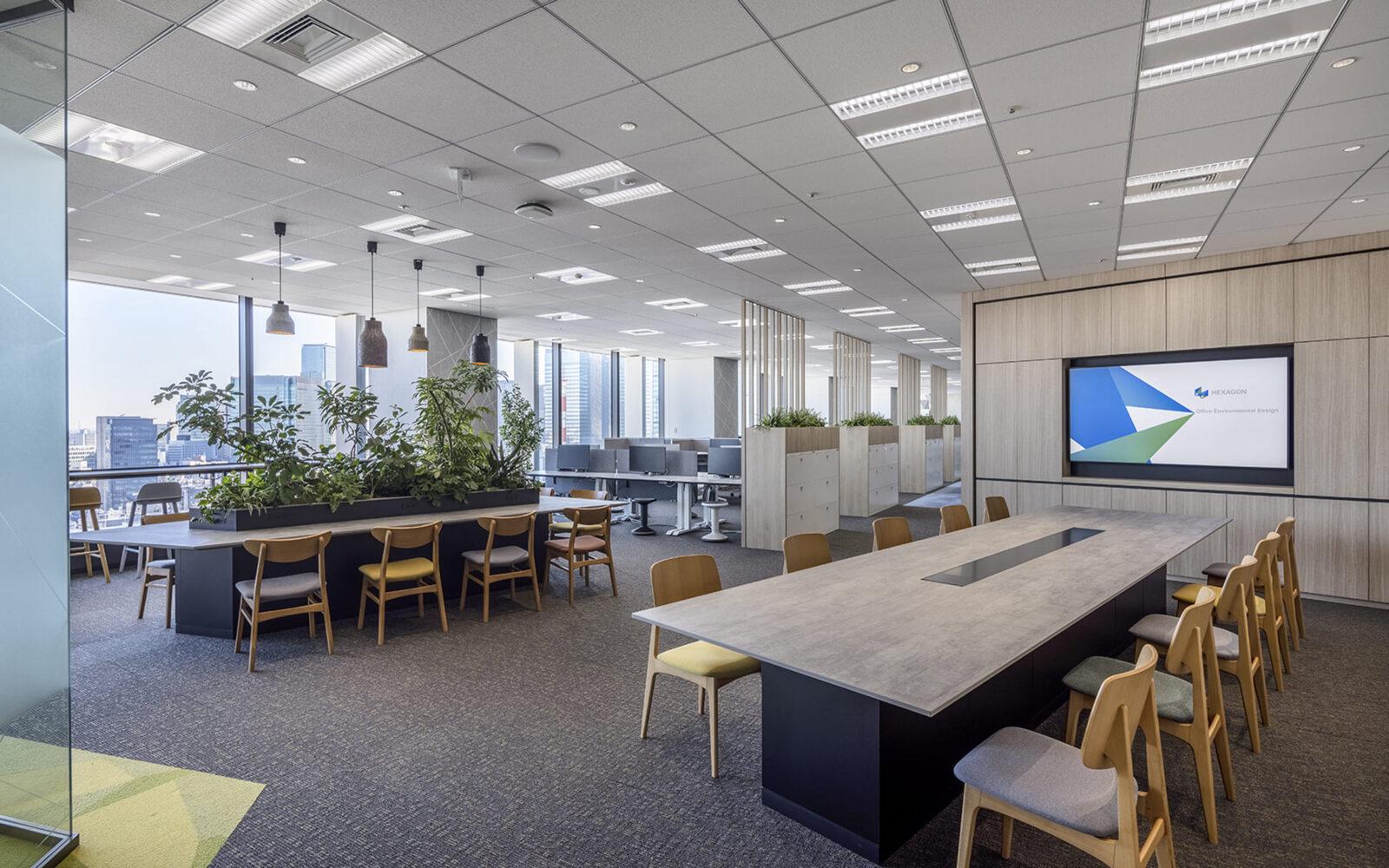
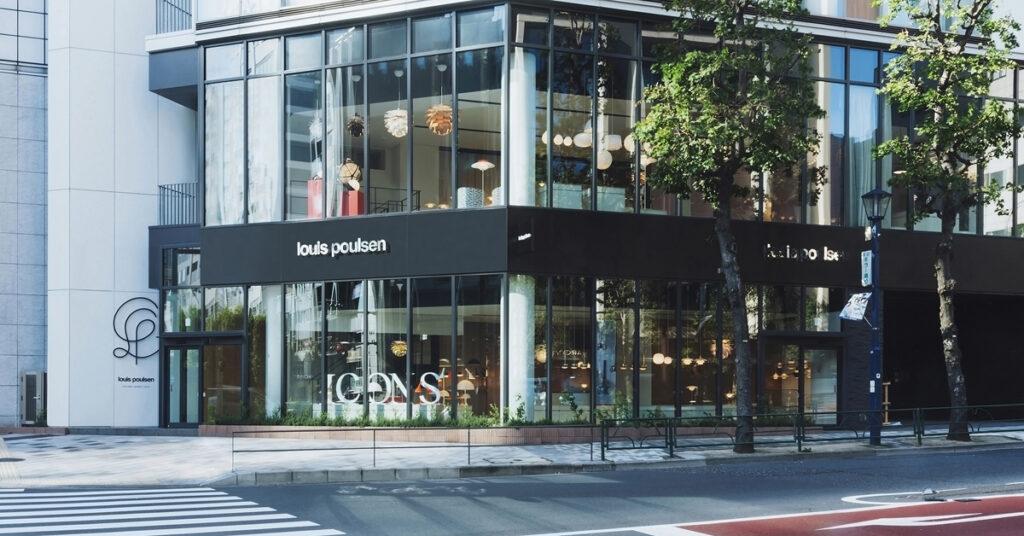
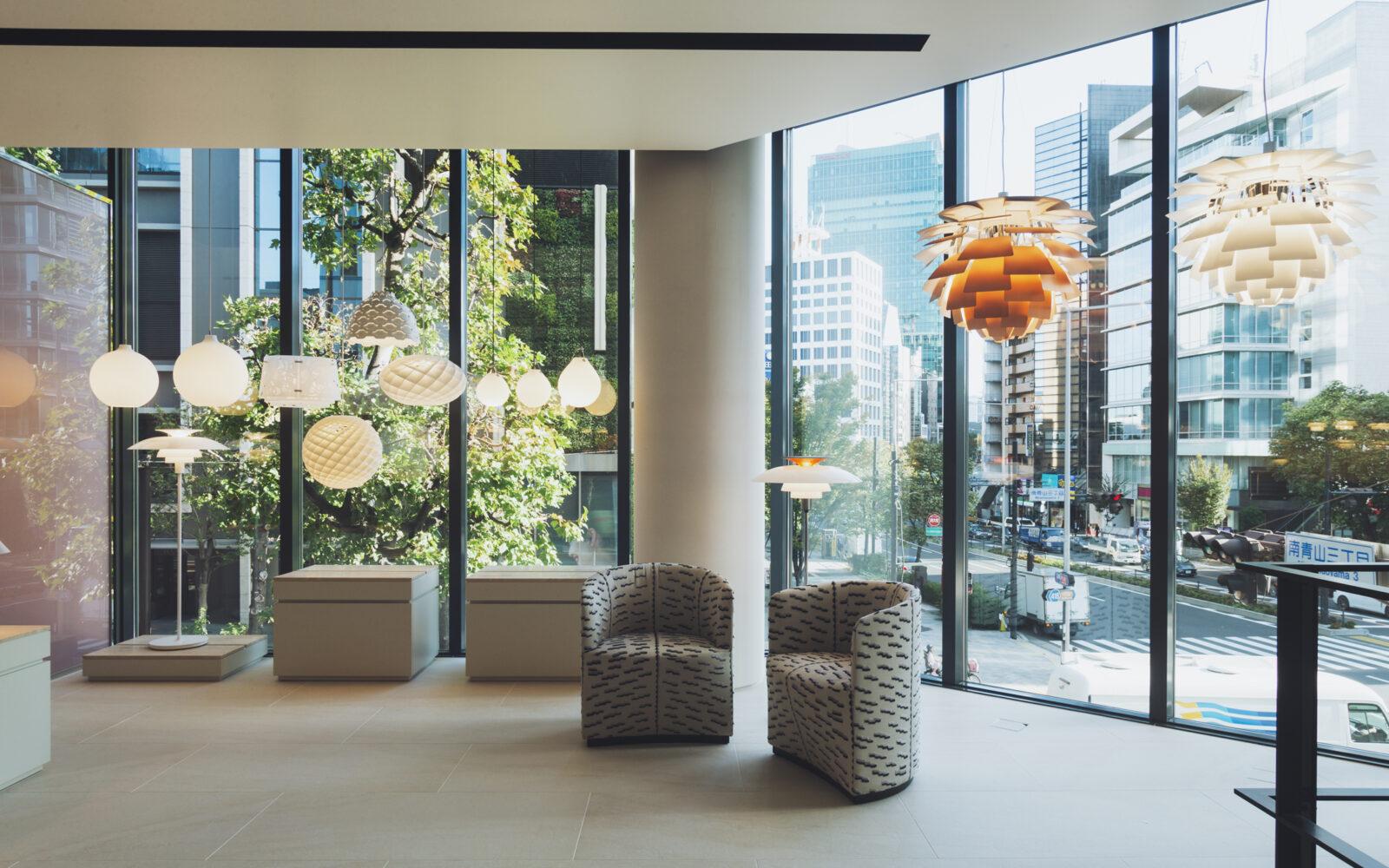
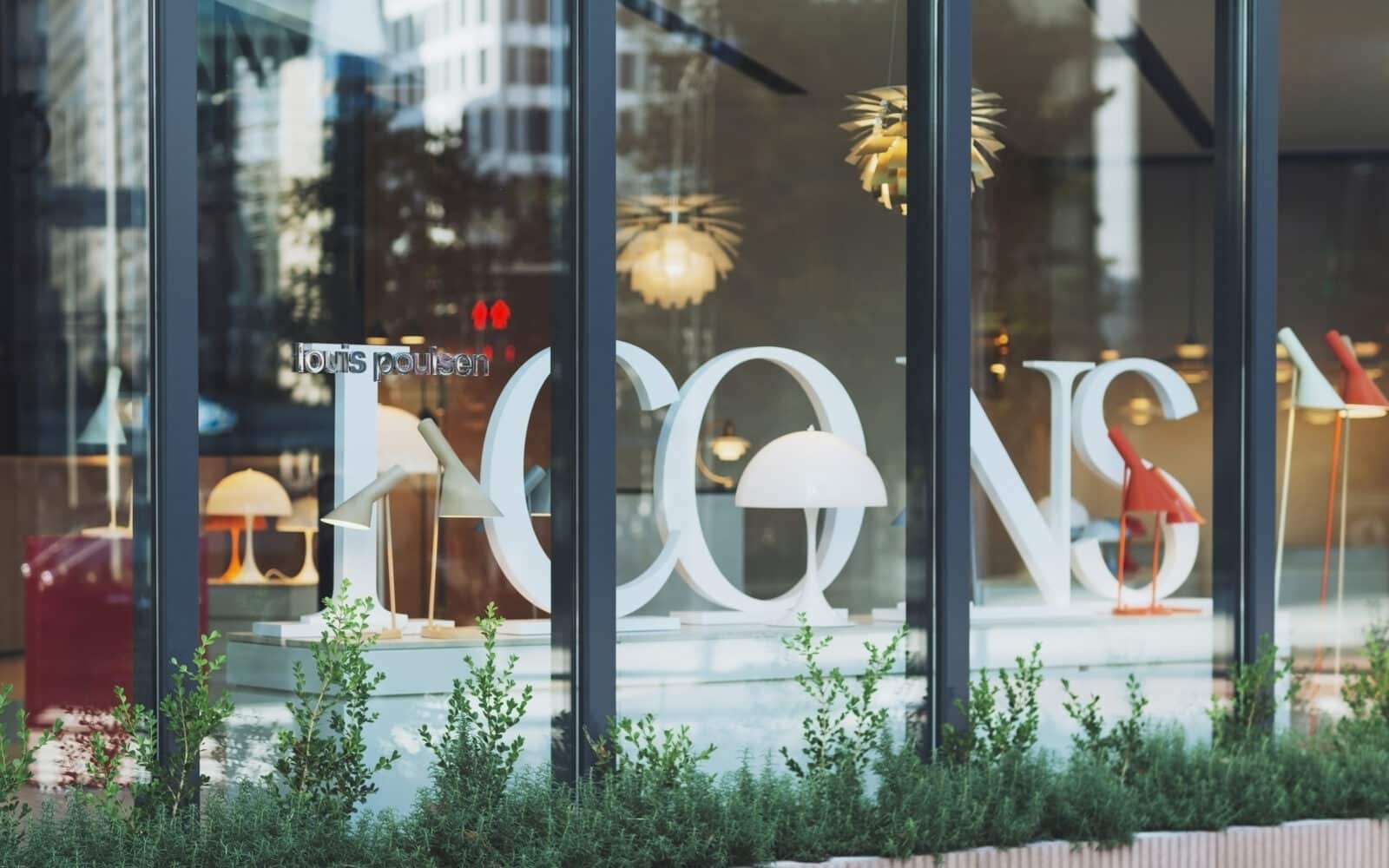

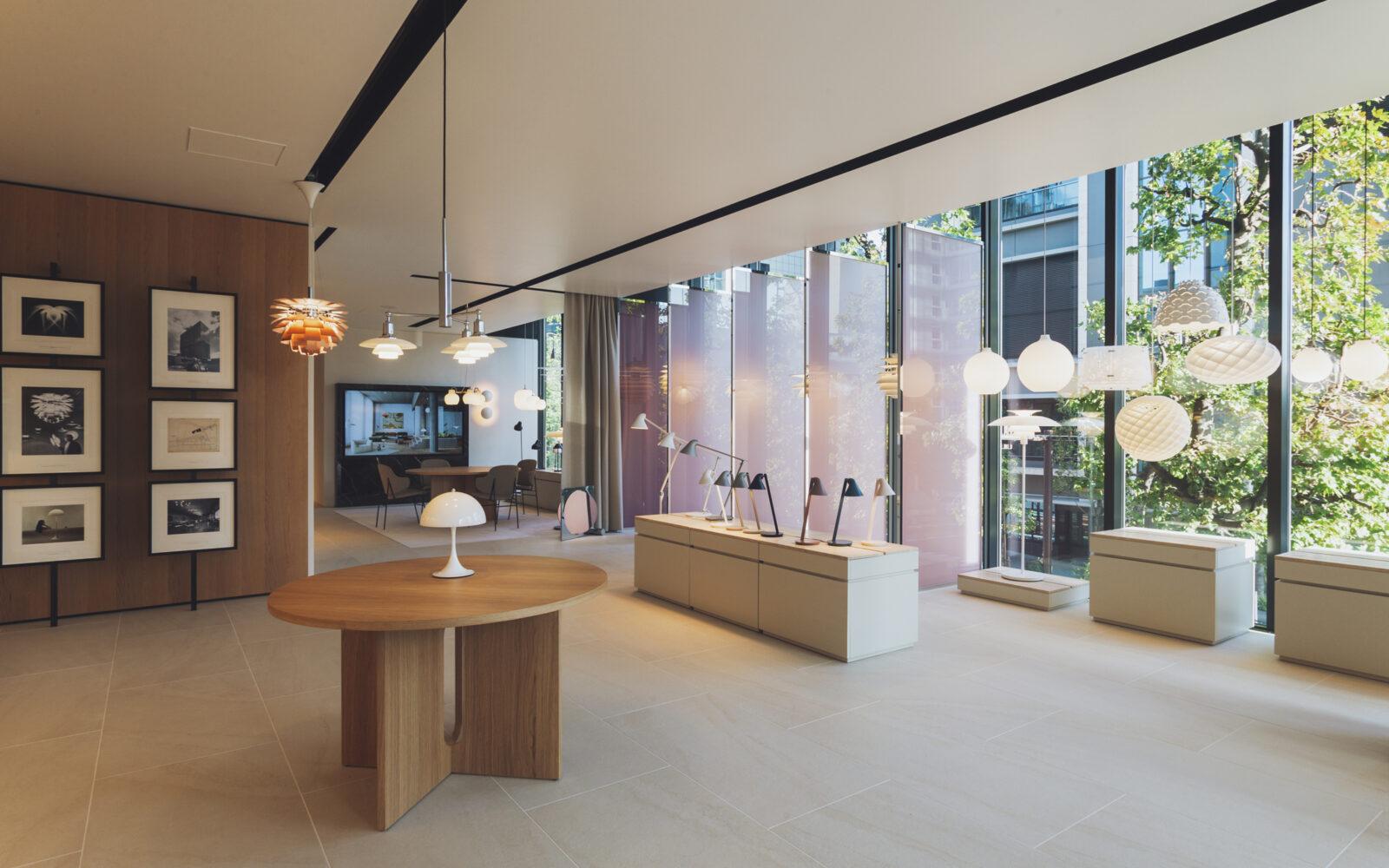
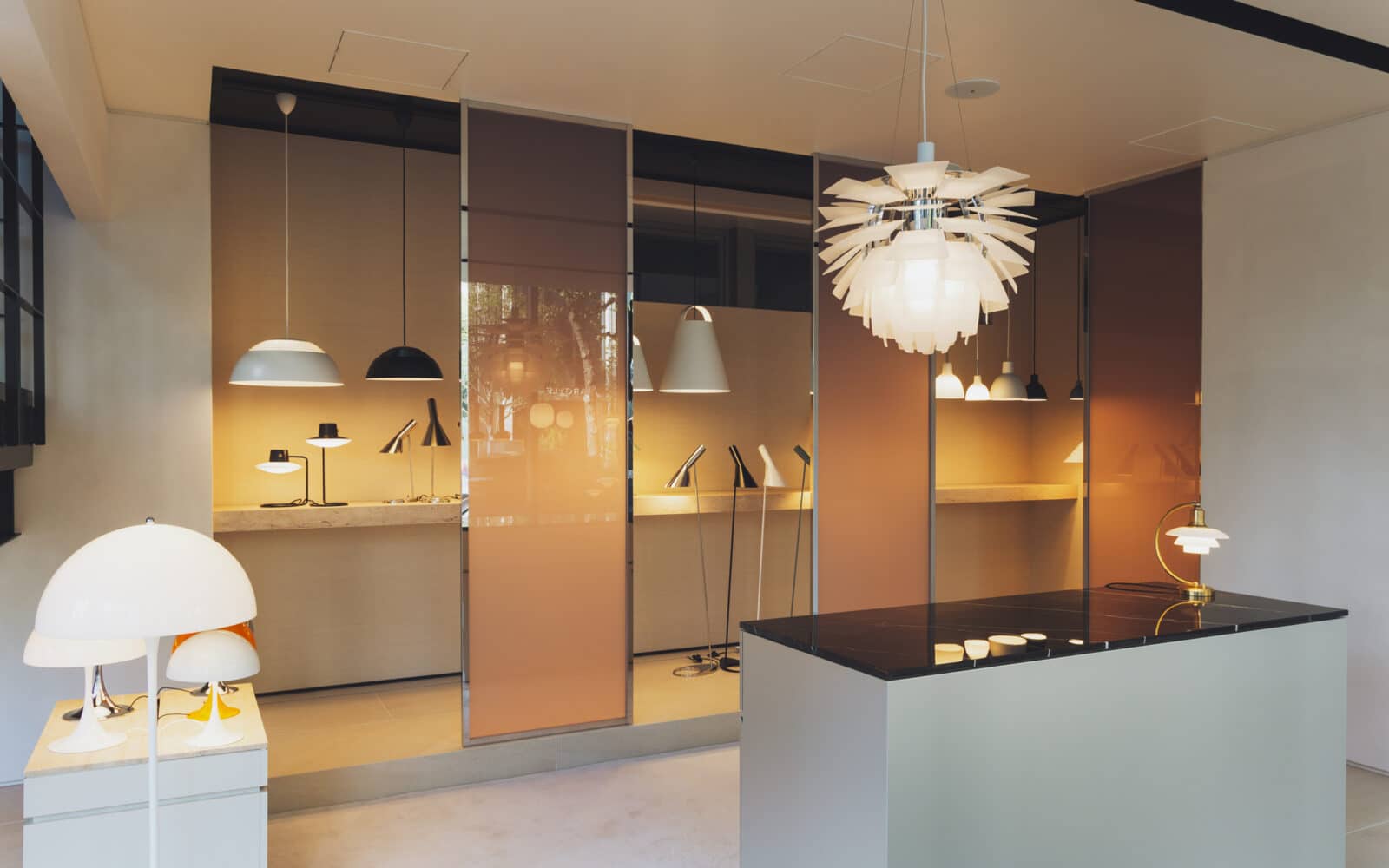
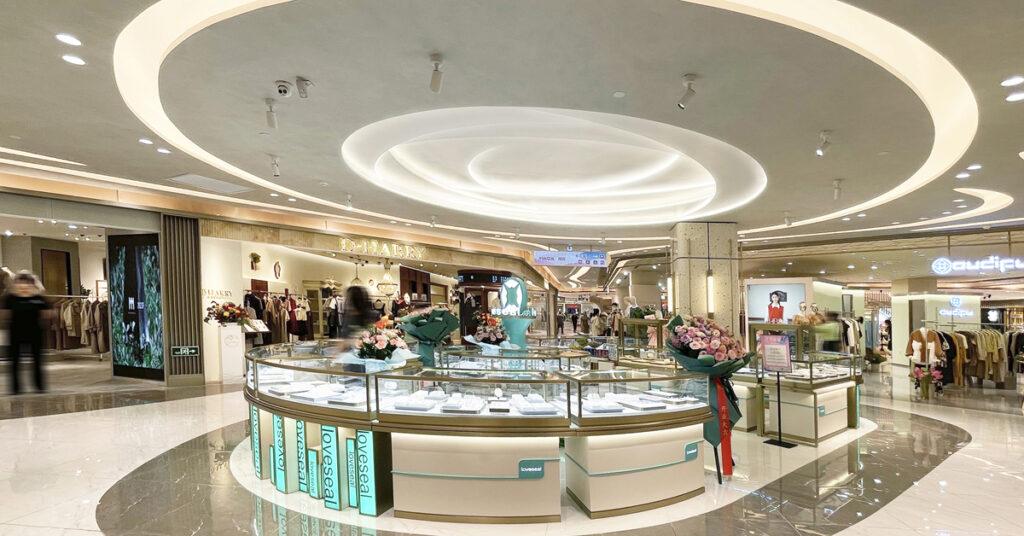
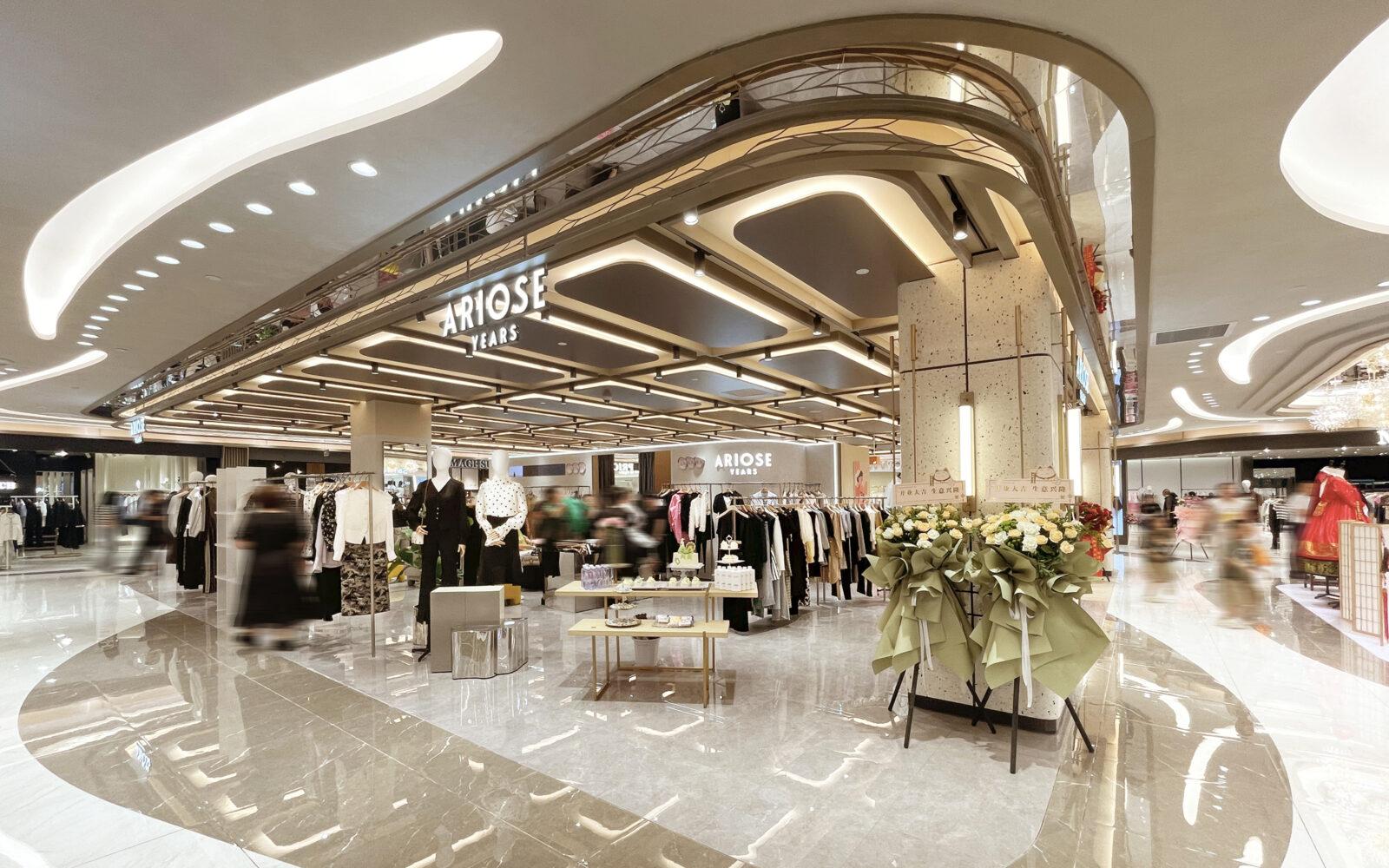
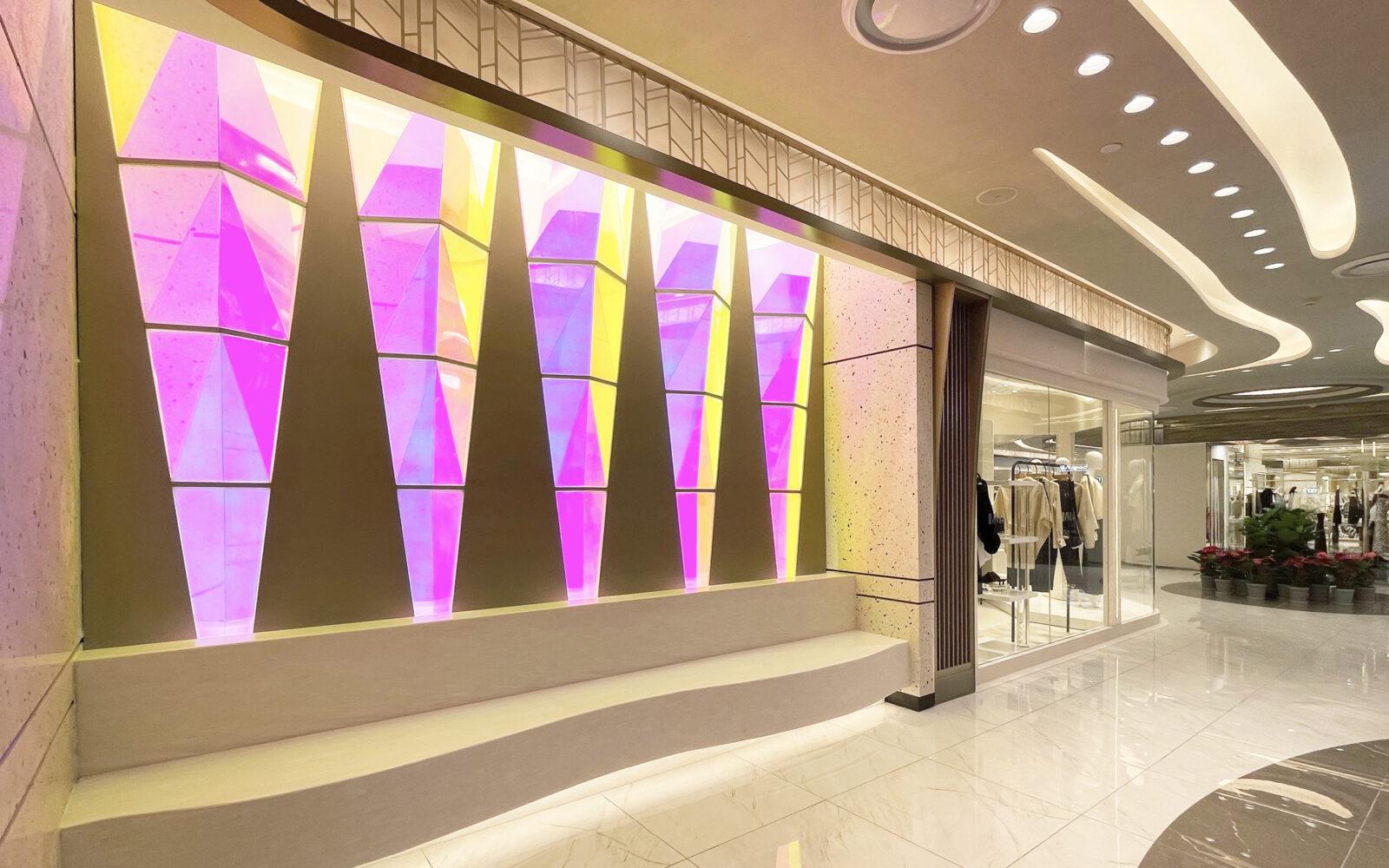
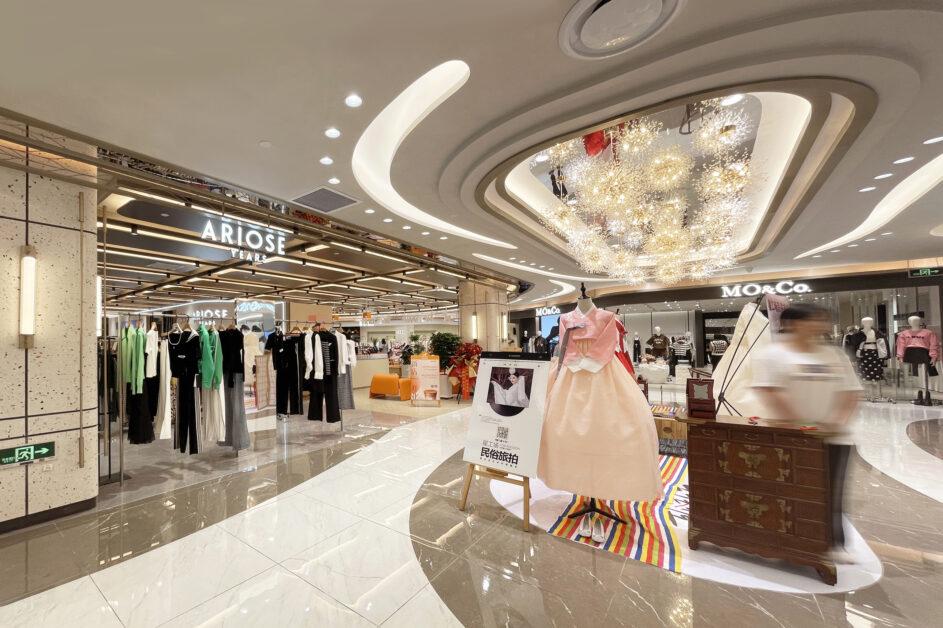
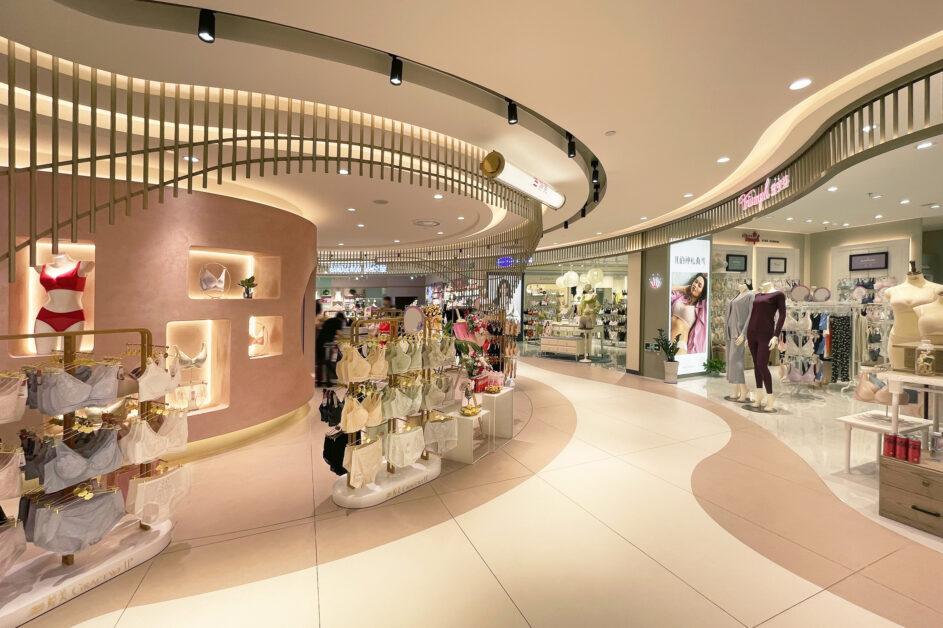
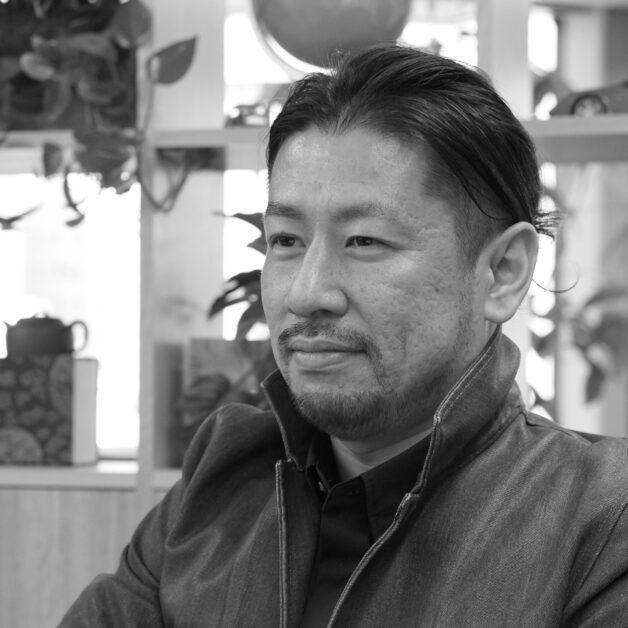 After working on the design of large-scale commercial facilities at a domestic design firm, he joined Garde in 2021.While designing mainly large commercial facilities such as department stores, he has also worked on many specialty stores. He is currently working on a wide range of projects mainly in Asia.
After working on the design of large-scale commercial facilities at a domestic design firm, he joined Garde in 2021.While designing mainly large commercial facilities such as department stores, he has also worked on many specialty stores. He is currently working on a wide range of projects mainly in Asia.